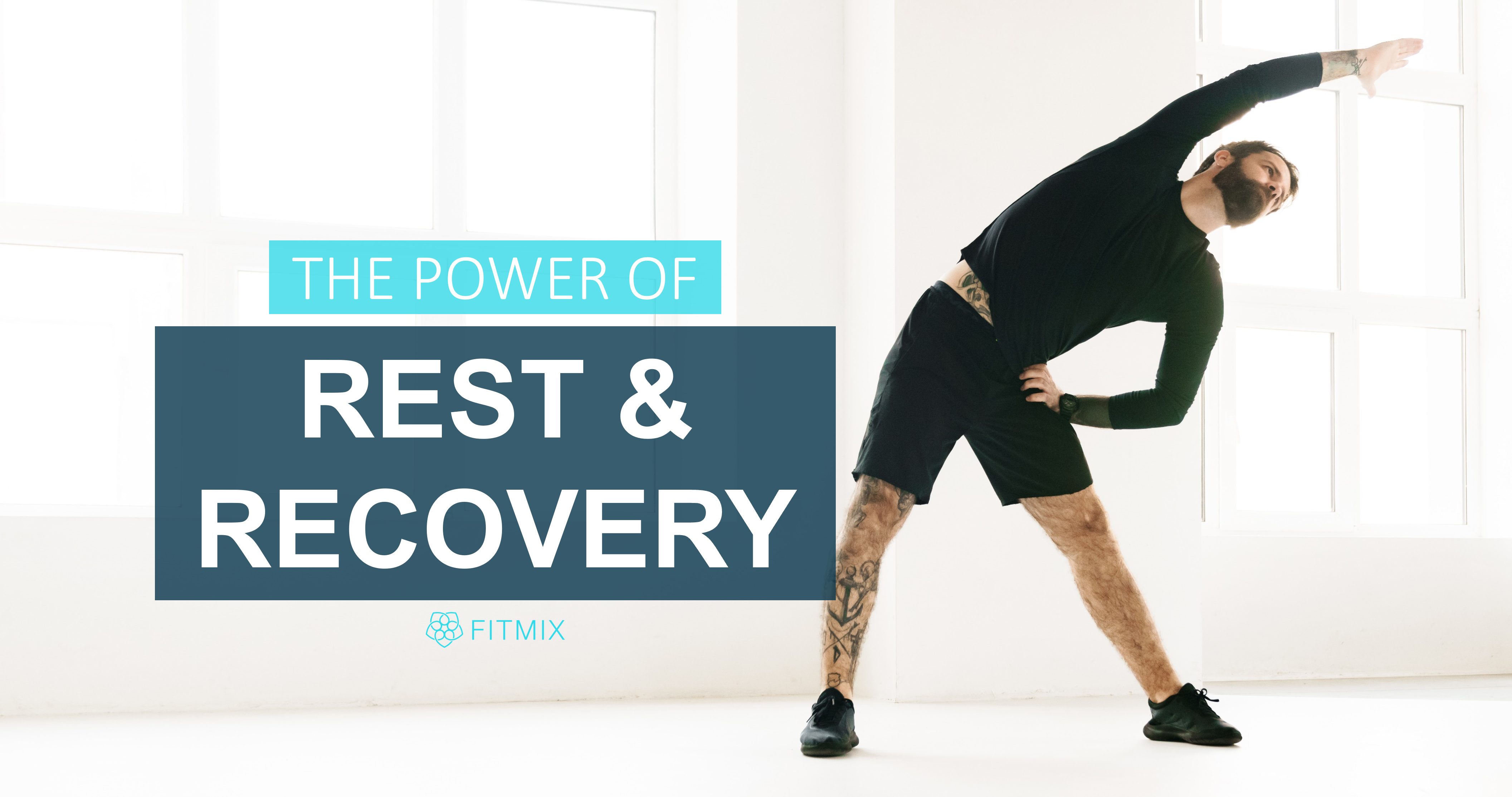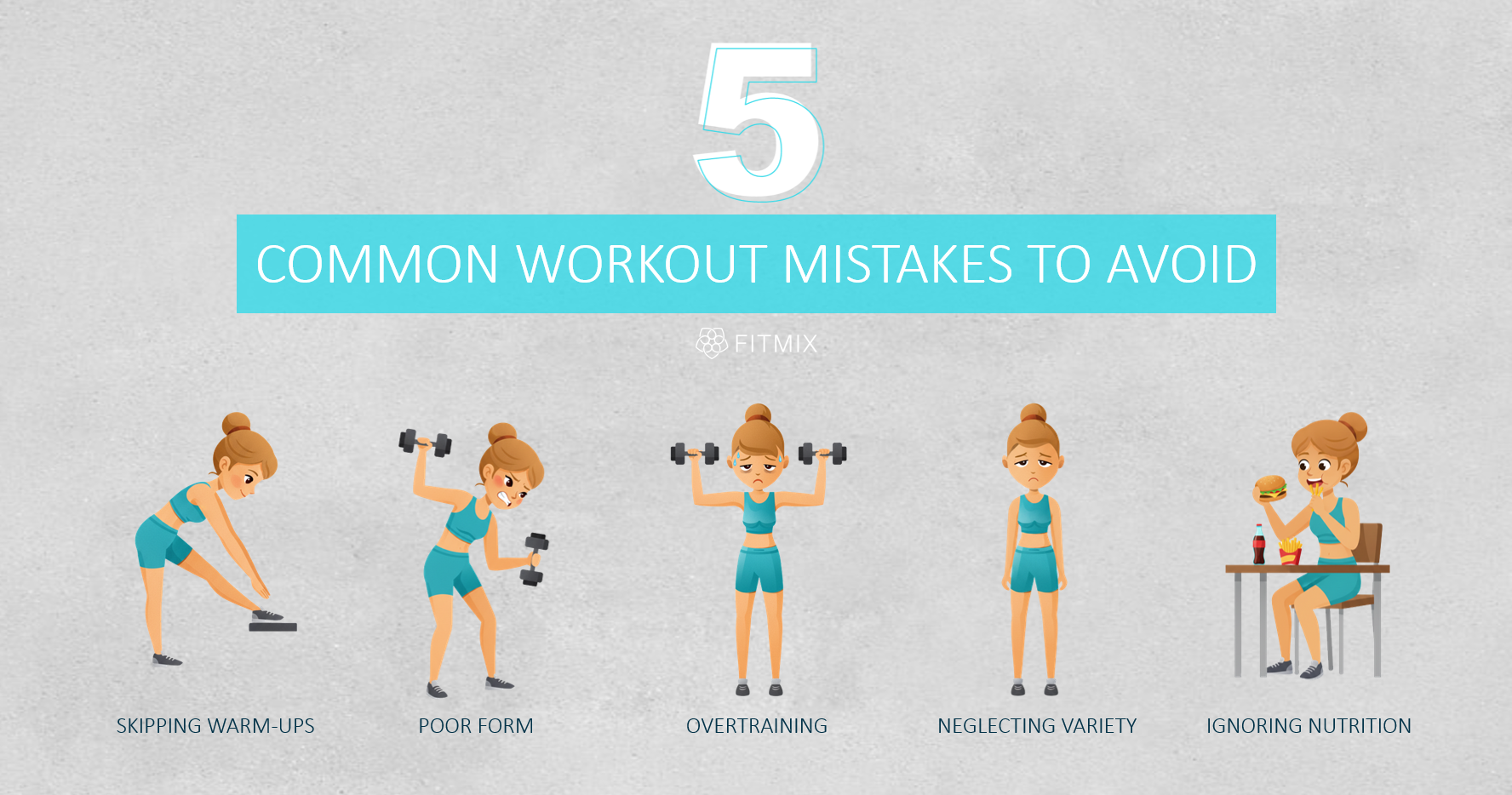The Power of Rest & Recovery
 July 13, 2024
July 13, 2024
 0
0
 0
0

Rest and recovery are essential components of any fitness routine. They allow your body to heal, adapt, and grow stronger. Here’s why rest and recovery are so important and how you can incorporate them into your fitness plan.
Importance of Rest and Recovery
Muscle Repair: During rest, your muscles repair and rebuild, becoming stronger and more resilient.
Prevents Injury: Adequate rest helps prevent overuse injuries and allows your body to recover from the stress of exercise.
Improves Performance: Recovery time can enhance your performance by ensuring that you’re physically and mentally ready for your next workout.
Supports Immune Function: Rest allows your immune system to function optimally, reducing the risk of illness.
Types of Recovery
Passive Recovery: Complete rest or very light activity. This type of recovery is crucial after intense workouts or competitions.
Active Recovery: Low-intensity activities like walking, stretching, or yoga that help increase blood flow and reduce muscle soreness.
Tips for Effective Recovery
Get Enough Sleep: Aim for 7-9 hours of quality sleep per night to support muscle repair and overall health.
Stay Hydrated: Proper hydration aids in muscle recovery and reduces fatigue.
Eat a Balanced Diet: Consume a diet rich in protein, healthy fats, and carbohydrates to fuel your recovery and support muscle growth.
Incorporate Stretching: Gentle stretching can improve flexibility and reduce muscle tightness.
Use Foam Rollers: Foam rolling helps release muscle tension and improve blood flow to the muscles.
Recovery Practices to Consider
Massage Therapy: Regular massages can help reduce muscle soreness and improve circulation.
Contrast Baths: Alternating between hot and cold water can reduce inflammation and promote recovery.
Restorative Yoga: Gentle yoga practices can enhance relaxation and aid in muscle recovery.
Sample Recovery Routine
Day 1: Rest or light activity (e.g., walking, gentle yoga)
Day 2: Active recovery (e.g., low-intensity swimming, cycling)
Day 3: Restorative yoga session or stretching routine
Day 4: Foam rolling and massage therapy
Day 5: Light activity or rest
Conclusion
Rest and recovery are as important as the workouts themselves. By incorporating adequate rest and effective recovery practices into your fitness routine, you can prevent injuries, improve performance, and achieve better overall health. Listen to your body and give it the time it needs to recover and grow stronger.
Subscribe to My Newsletter
Fill your email below to subscribe to my newsletter
Comments (00)
Be the first to comment!
Leave a Reply
Your email address will not be published. Required fields are marked *





